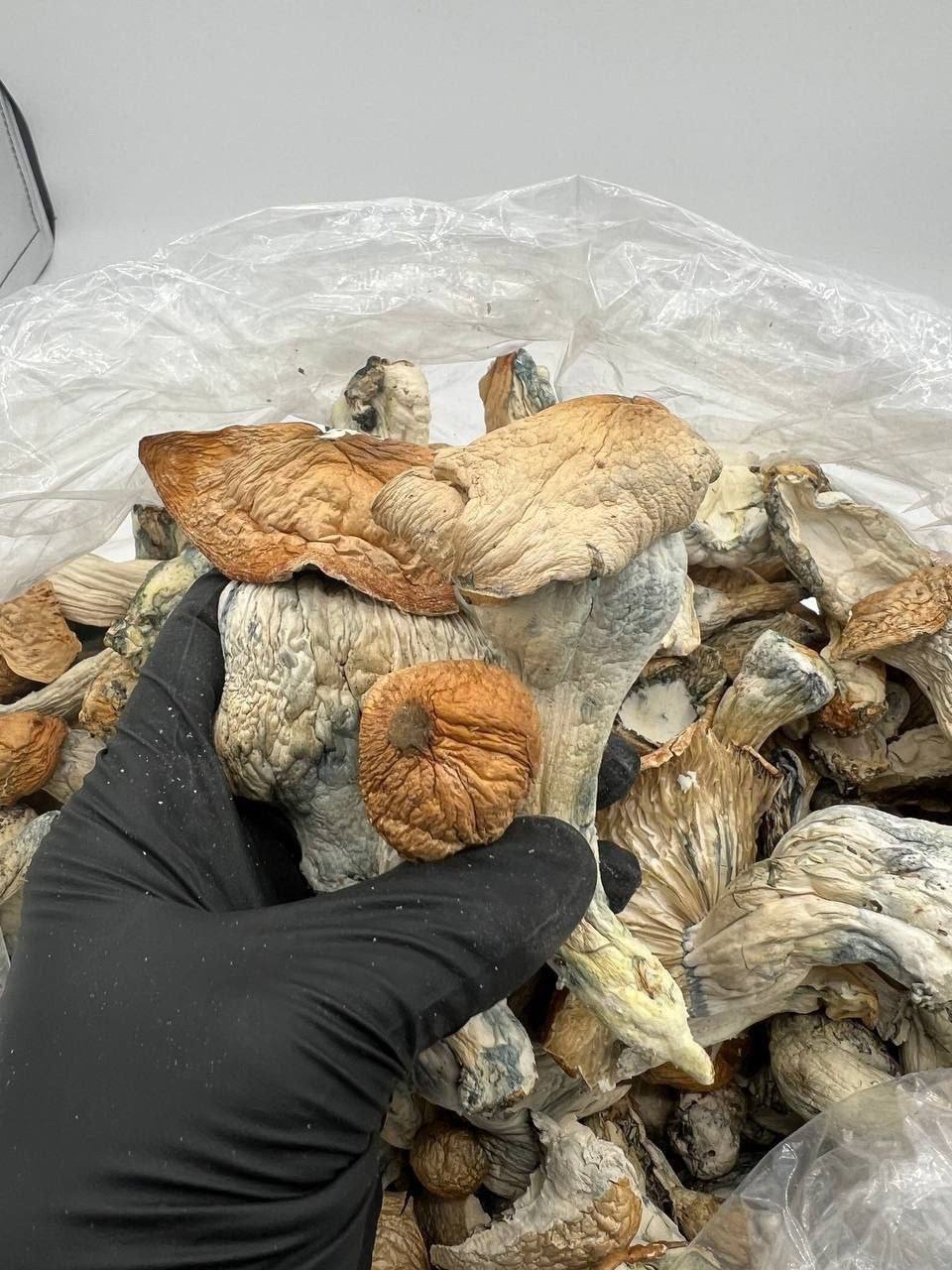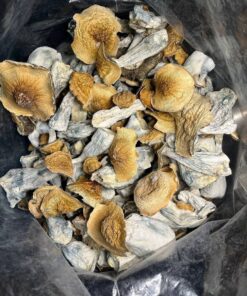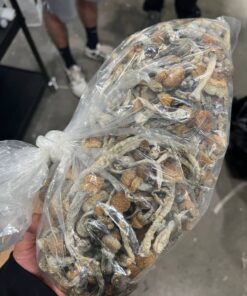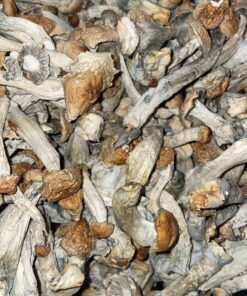Amanita Mushroom
$100.00 – $4,000.00Price range: $100.00 through $4,000.00
SKU: N/A
Category: Shrooms
Tags: Amanita caesarea, amanita caesarea near me, amanita caesarea online, amanita caesarea psychedelic, buy amanita muscaria mushroom online, buy amanita mushroom, buy amanita mushroom online, what is amanita caesarea, where to buy amanita caesarea online, where to buy amanita muscaria mushroom, where to buy amanita mushroom online, where to find amanitas mushrooms online
Amanita Mushroom:
A Guide to the Genus of Fungi Amanita Mushroom [Amanita caesarea ] is a genus of fungi that includes some of the world’s most iconic mushrooms, such as the death cap (Amanita phalloides) and the fly agaric (Amanita muscaria). This genus is characterize by its fleshy, umbrella-shape cap, a ring on the stem, and a volva, which is a sack-like structure surrounding the stem’s base.
Characteristics of Amanita Species (Amanita Mushroom)
- Cap: The cap of Amanita mushrooms is typically convex or bell-shape when young, but it may become flatter or even depress as the mushroom matures. The color of the cap can vary greatly, ranging from white to brown, red, orange, or yellow. Some species may also have warts or scales on the cap.
- Stem: The stem of Amanita mushrooms is usually white or pale-color, and it may be smooth or scaly. The stem often has a ring, which is a remnant that cover the mushroom in its early stages of development.
- Volva: The volva is a sack-like structure that surrounds the base of the stem in Amanita mushrooms. It may be membranous or fleshy, and it can be either free or attached to the stem.
Habitat and Distribution; Amanita Mushroom
Amanita mushrooms are seen in a variety of habitats around the world, including forests, grasslands, and woodlands. They are most common in temperate regions, but some species can also be found in tropical and subtropical climates.
Edibility and Toxicity
Amanita mushrooms are love for their wide range of edibility and toxicity. Some species, such as the Caesar’s mushroom (Amanita caesarea), are consider to be delicious and are widely consume in Europe, USA (Washington, Michigan, Oregon, Florida, California, etc). However, many other Amanita species are poisonous, and some can even be deadly. The death cap (Amanita phalloides) is one of the most poisonous mushrooms in the world, and it is responsible for the majority of mushroom-relate deaths.
Conclusion
Amanita is a fascinating genus of fungi that includes both edible and poisonous species. It is important to be able to identify different Amanita species in order to avoid consuming poisonous mushrooms.
| Quantity | 1oz, 2oz, 4oz, 8oz, 1lb, 5lb |
|---|
Related products
Shrooms
$19.00 – $25.00Price range: $19.00 through $25.00
This product has multiple variants. The options may be chosen on the product page
Shrooms
$90.00 – $3,750.00Price range: $90.00 through $3,750.00
This product has multiple variants. The options may be chosen on the product page
Shrooms
$165.00 – $999.00Price range: $165.00 through $999.00
This product has multiple variants. The options may be chosen on the product page
Shrooms
$220.00 – $1,300.00Price range: $220.00 through $1,300.00
This product has multiple variants. The options may be chosen on the product page
Sale!
Shrooms
$150.00 – $680.00Price range: $150.00 through $680.00
This product has multiple variants. The options may be chosen on the product page
Shrooms
$180.00 – $1,000.00Price range: $180.00 through $1,000.00
This product has multiple variants. The options may be chosen on the product page
Shrooms
$210.00 – $2,100.00Price range: $210.00 through $2,100.00
This product has multiple variants. The options may be chosen on the product page
Shrooms
$225.00 – $1,499.00Price range: $225.00 through $1,499.00
This product has multiple variants. The options may be chosen on the product page















